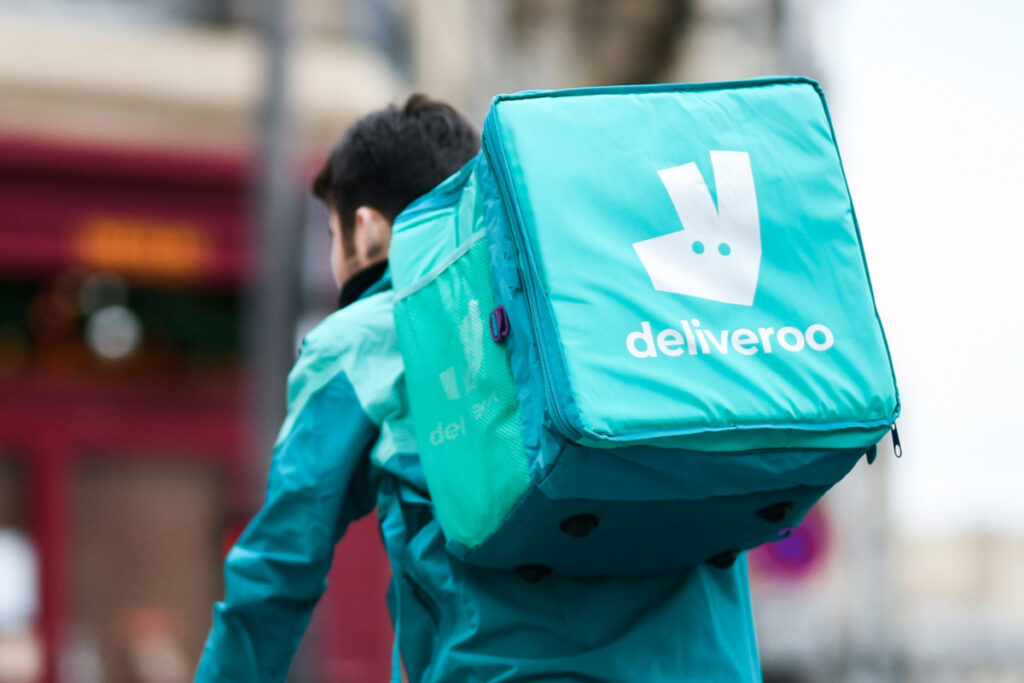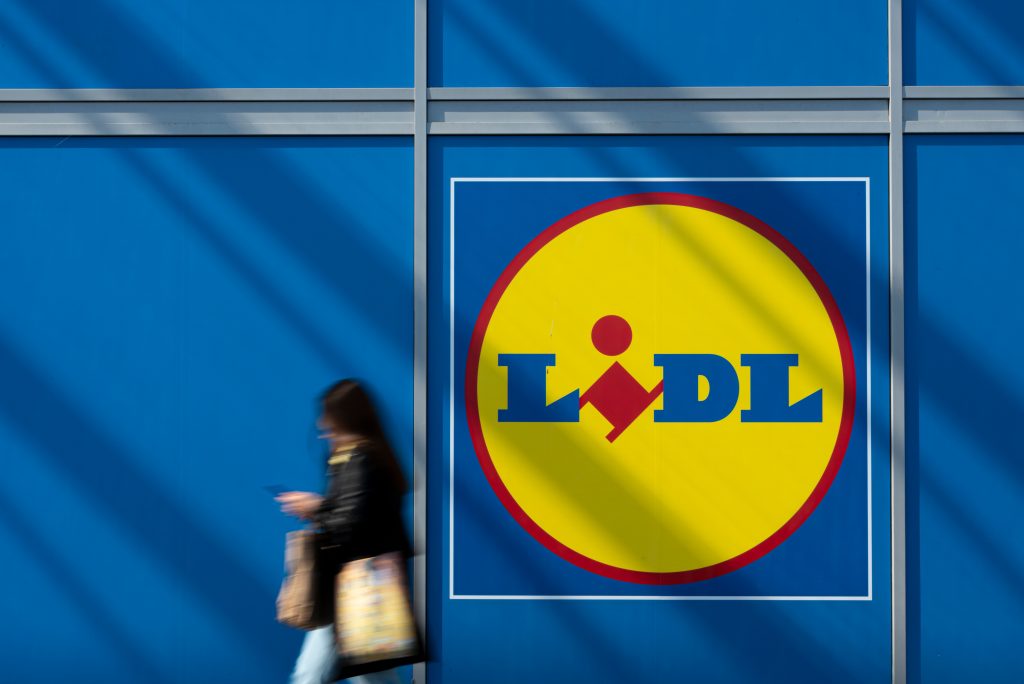The thought of preparing for Christmas in October would put many consumers off the festive season – the first autumn leaves have barely touched the ground. But for retailers who haven‘t yet started planning, they are already on the back foot. Whether a retailer specialises in electrical, toys or haberdashery, they should be taking stock from the previous year and investigating what went well, and what didn‘t. They should also learn from the Christmas 2014 trailblazers such as House of Fraser who mapped their omni-channel ambitions to the shopping preferences of the modern consumer and were rewarded with high sales and loyal customers.
All routes lead back to the customer
Omni-channel shopping is a concept that has been gaining industry traction for some time, and 2015 has proved to be something of a landmark year in its development. It has moved from a ‘talked about‘ strategy that could potentially increase the convenience of shopping, to becoming a customer expectation and demand – if you don‘t have an omni-channel strategy you‘re in the minority.
Research last year suggested that almost 43m Brits were using a combination of in-store, online and ‘Click-and-Collect‘ to purchase products. It is predicted this figure will only grow as retailers strive to create the best possible customer experience that meets the demand for convenient, simple and tailored shopping desires.
Still, many retailers are struggling to meet the challenges presented by the omni-channel world, especially when it comes to creating a consistent and seamless customer payment experience across all channels. This is in part down to the absolute necessity of ensuring consumer data is kept secure, while meeting the expectation to innovate and support alternative payment methods which are suited to the tech-happy, time-starved modern consumer.
Complying with the Payment Card Industry (PCI) standards around customer payment data can make it very difficult for brands to develop a secure omni-channel experience. At the same time, retailers want to develop a comprehensive view of their customers‘ shopping habits and activity so as to inform marketing and sales efforts, yet the additional customer interaction points have created a significant headache in realising this.
Tokenisation
One technology, however, is helping retailers to overcome these obstacles: tokenisation.
Tokenisation encrypts customer card data at the point of sale while still enabling merchants to track customer payments. It does so by assigning an alphanumeric code, or ‘token‘ to each payment card used – reducing all the customer card data to a string of numbers and letters, indecipherable to any fraudsters who have gained the data via a data breach.
While retailers cannot identify an individual token, tokens can be made consistent each time a card is used, whichever payment channel a customer uses. The consumer themselves might be unidentifiable but their shopping patterns and behaviour can be tracked. With this information, retailers have the necessary insight to build out superior shopping experiences and deliver more targeted and relevant marketing information without any compromises in data security.
Getting the balance right
The retail industry has come a long way in a short space of time, and it is still evolving rapidly. Because of this, customers now expect speedier deliveries, smarter location-based offers and more engaging communications – all safely wrapped up in a safe and secure bow. If retailers want to survive they have to meet these expectations.
This means tracking new omni-channel customer journeys while remaining secure. This is not easy, but technologies such as tokenisation offer the opportunity to both safeguard data while providing insight into consumer behaviour. It will be the retailers that succeed at f


























